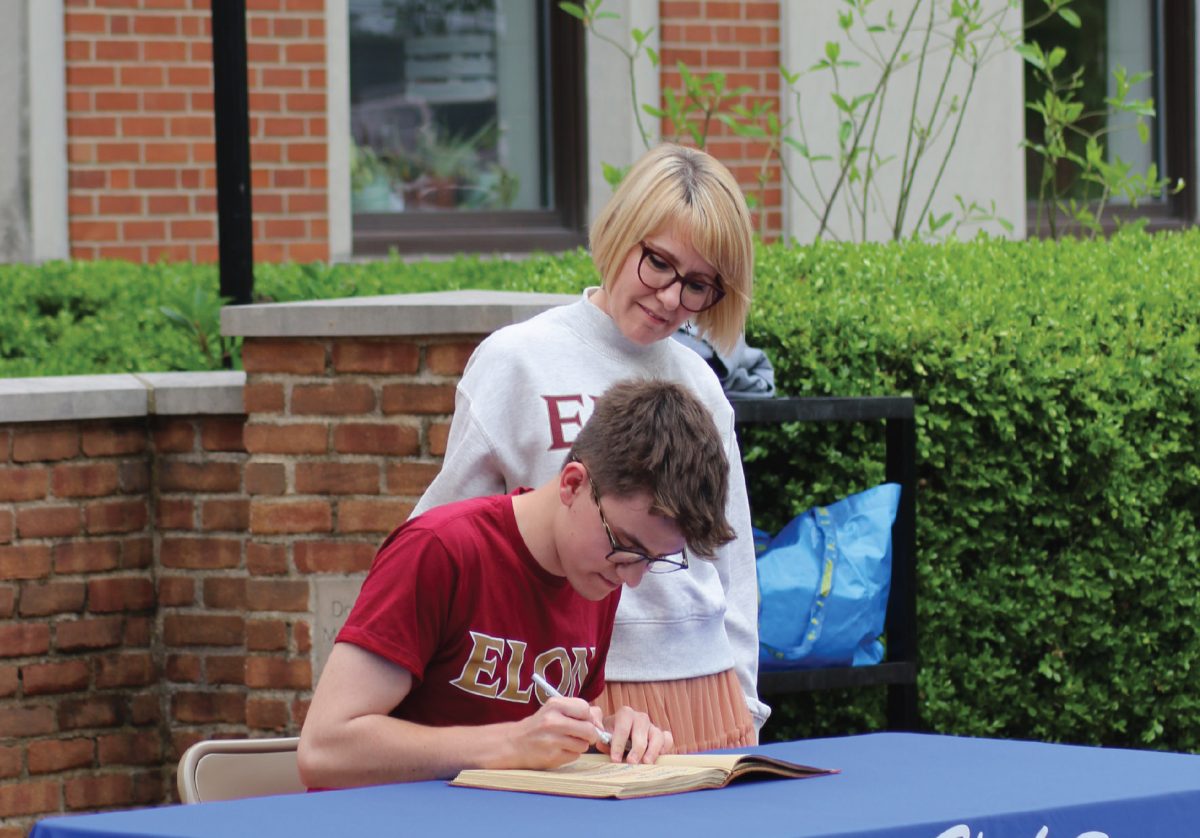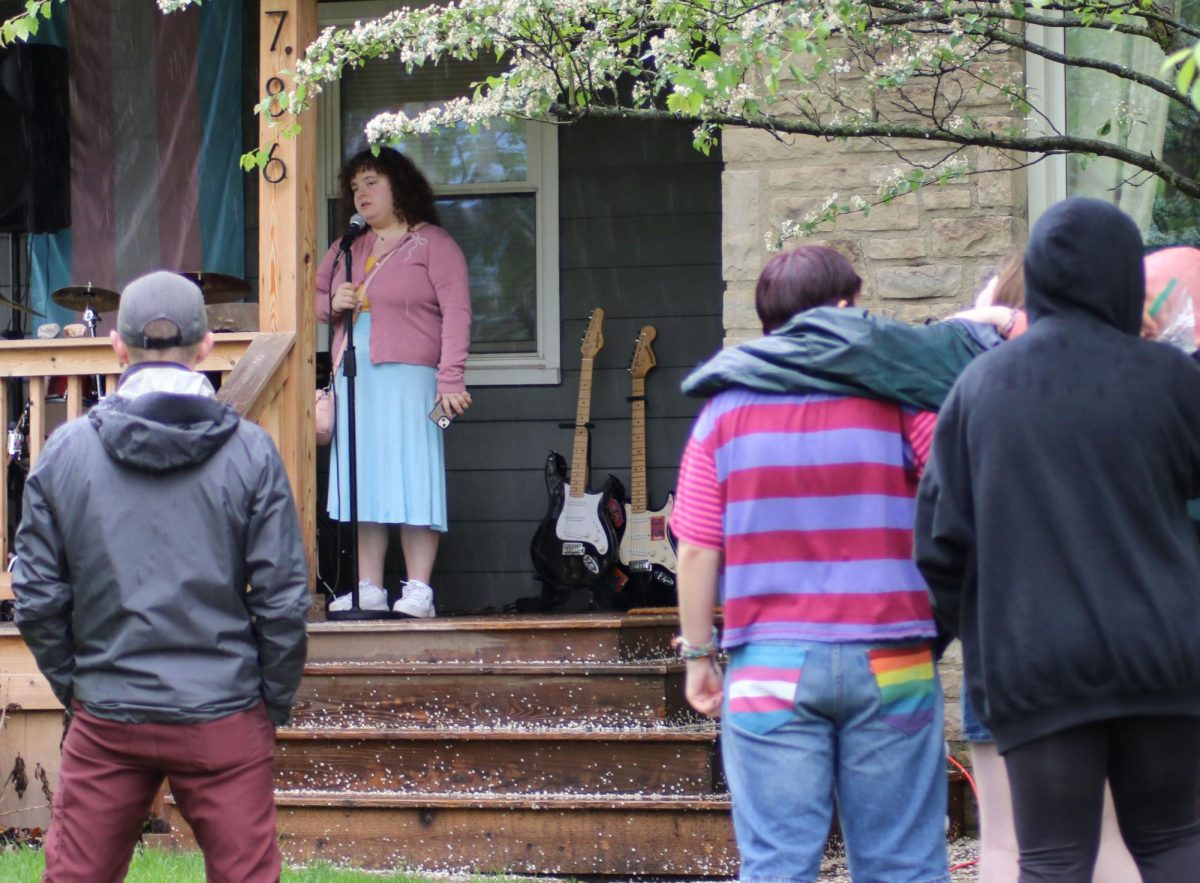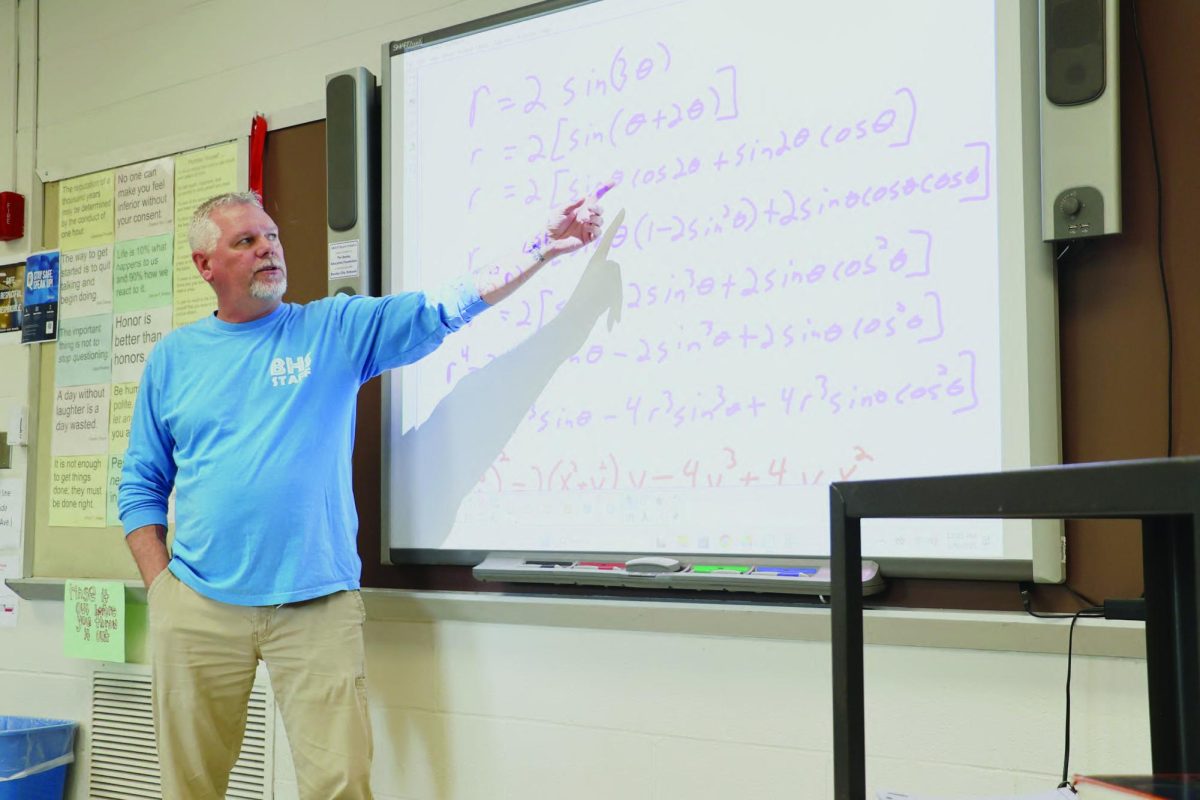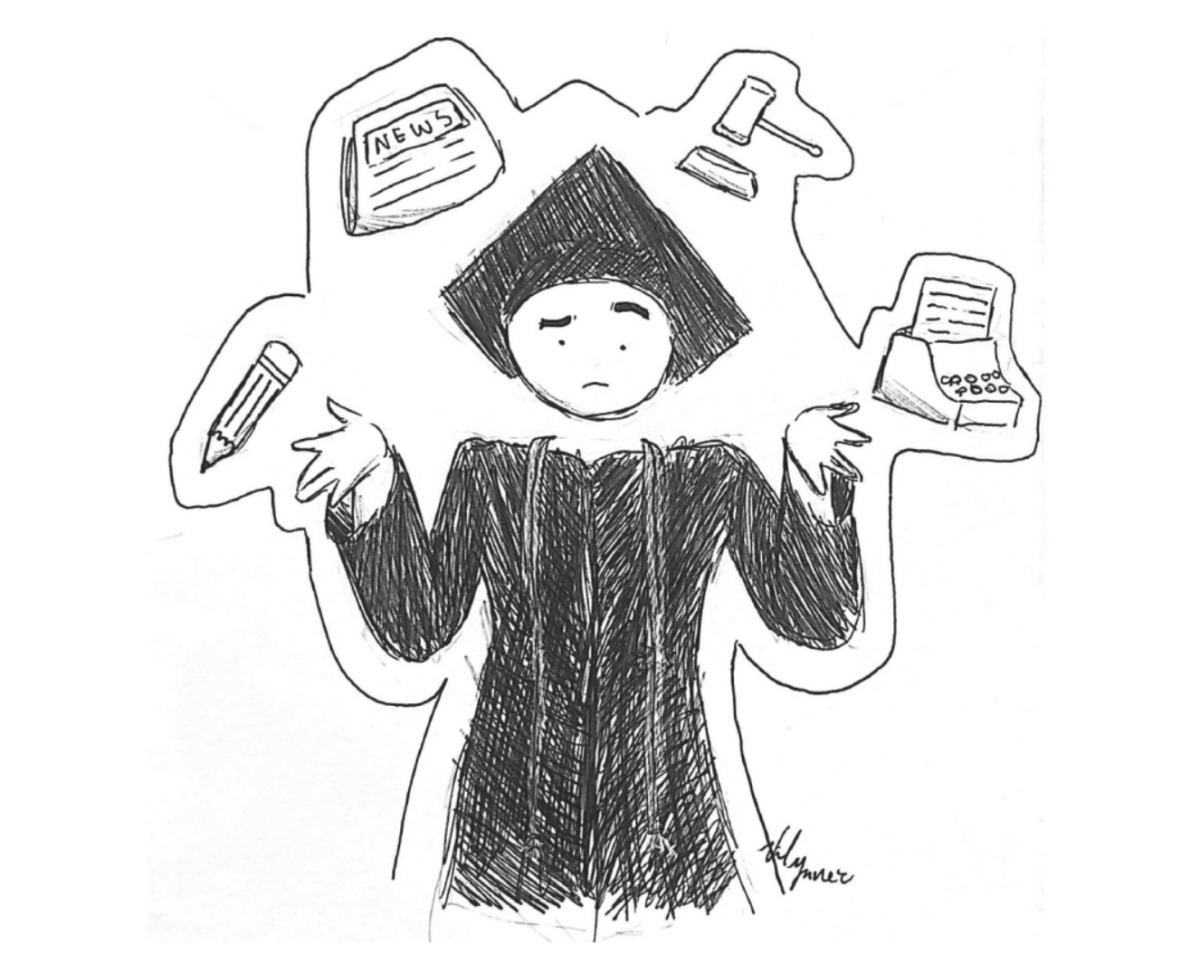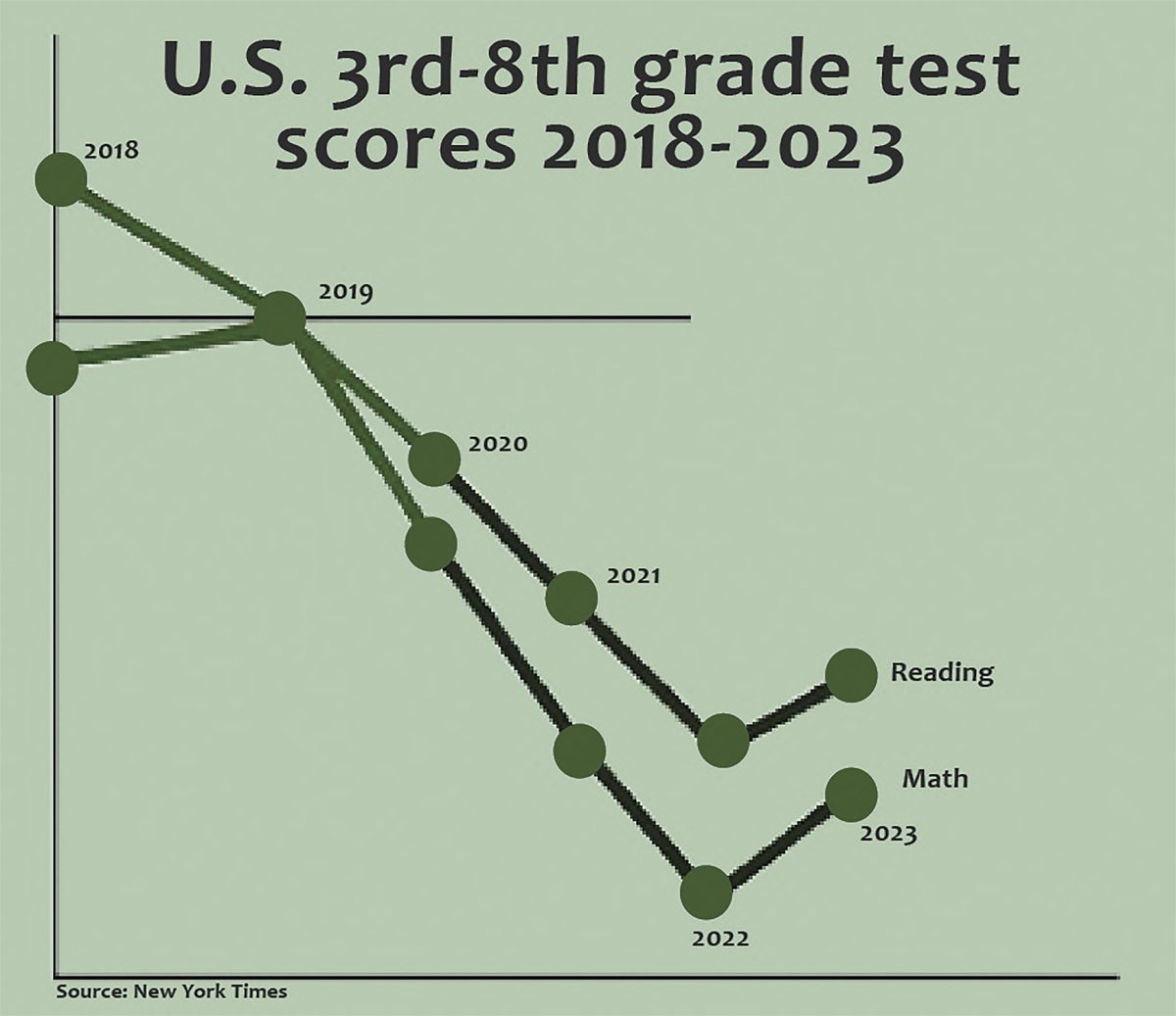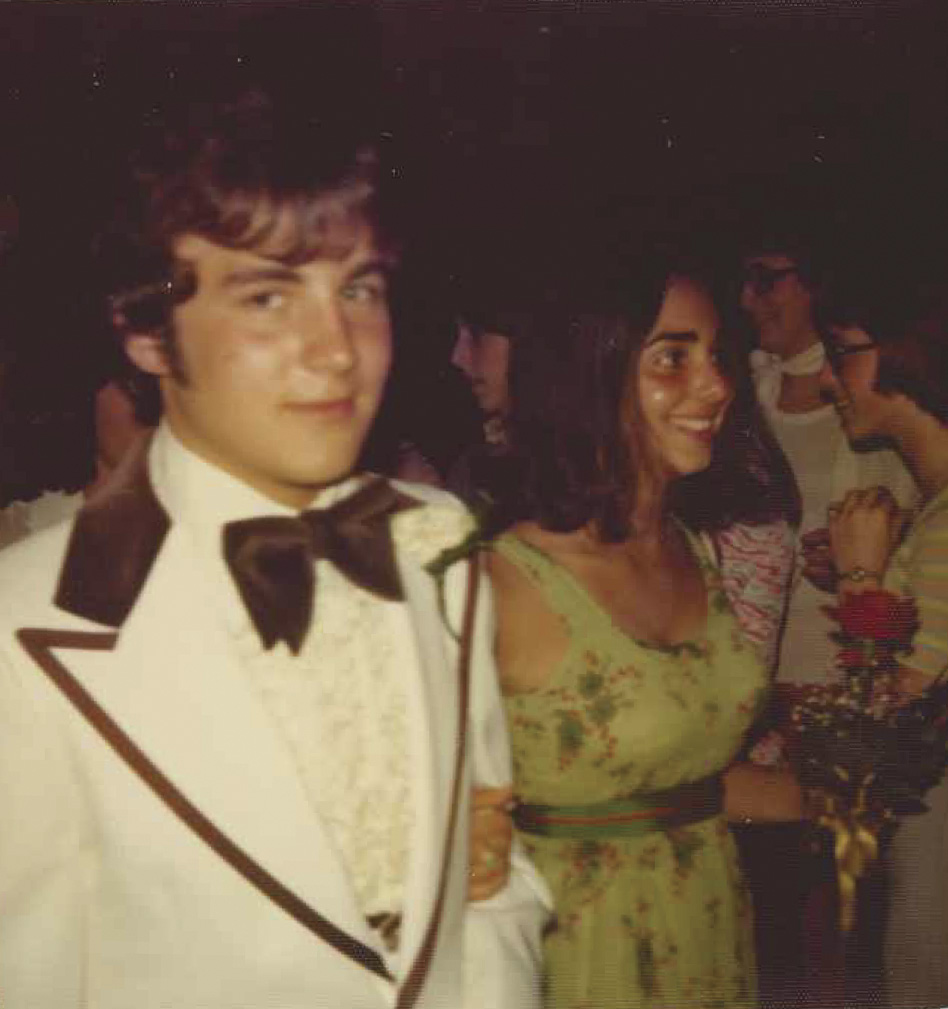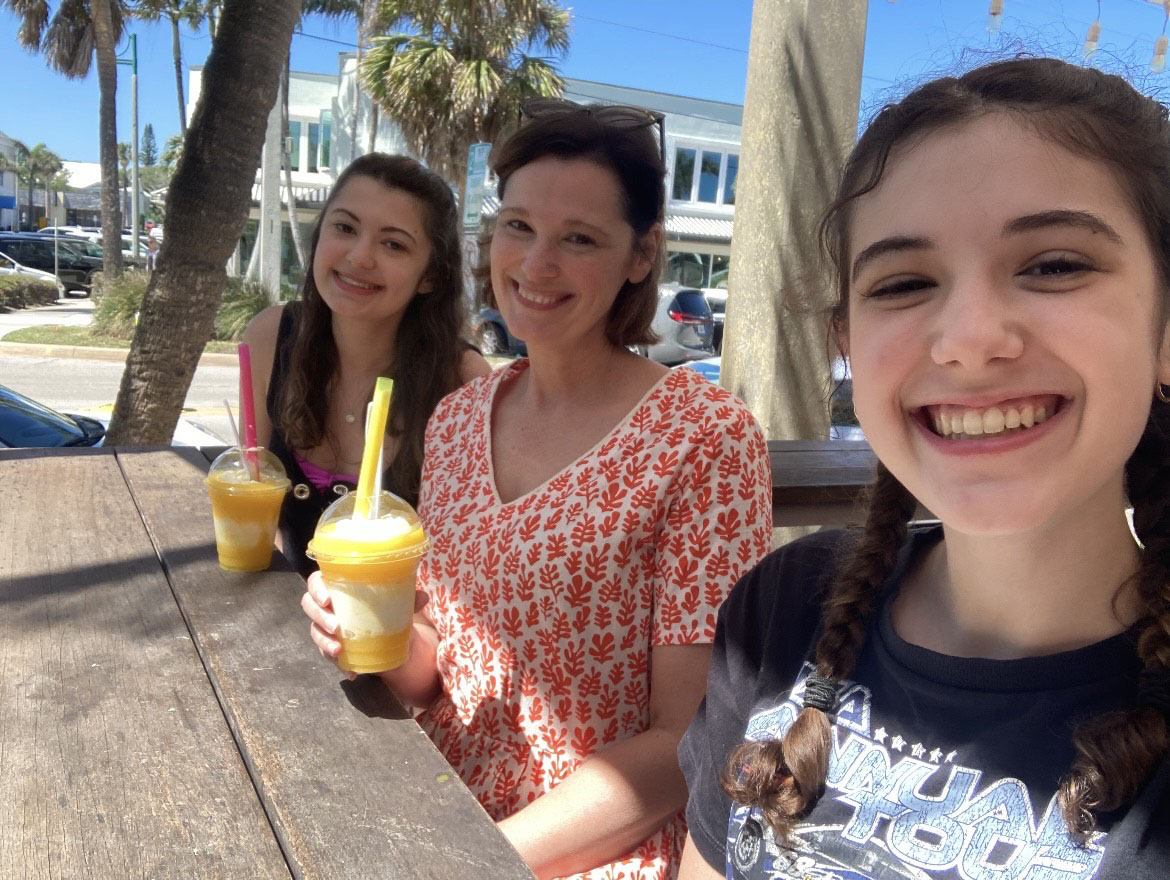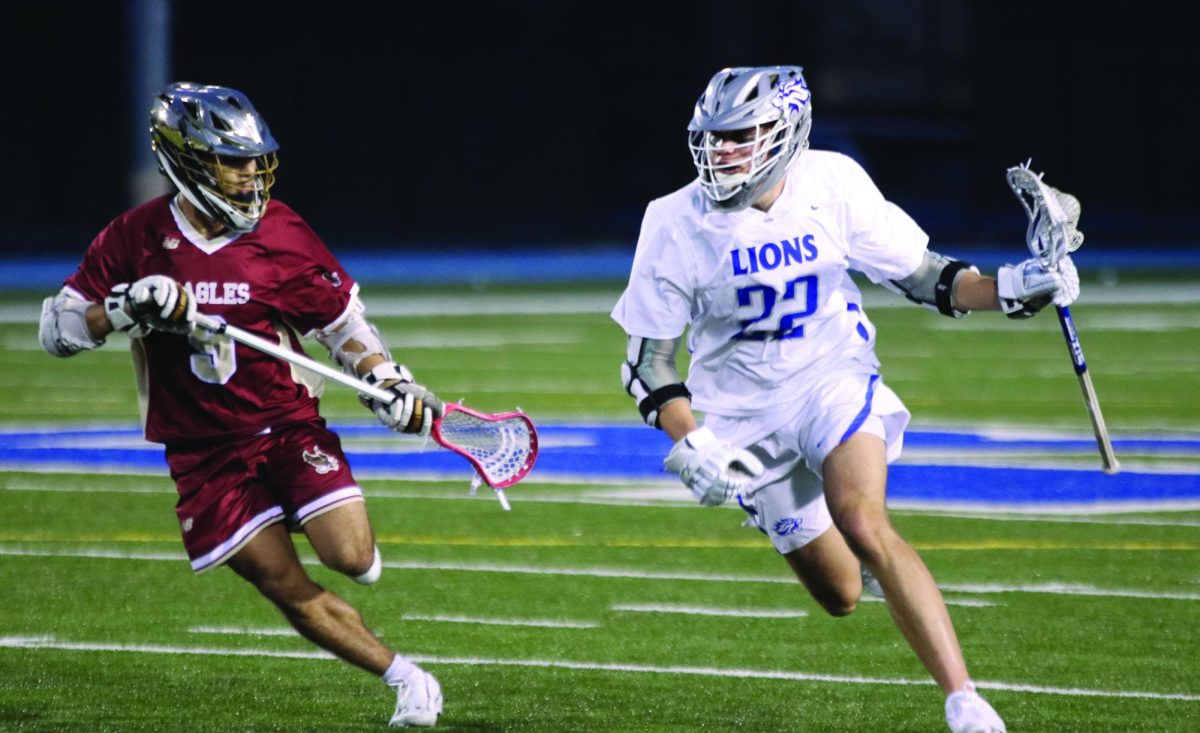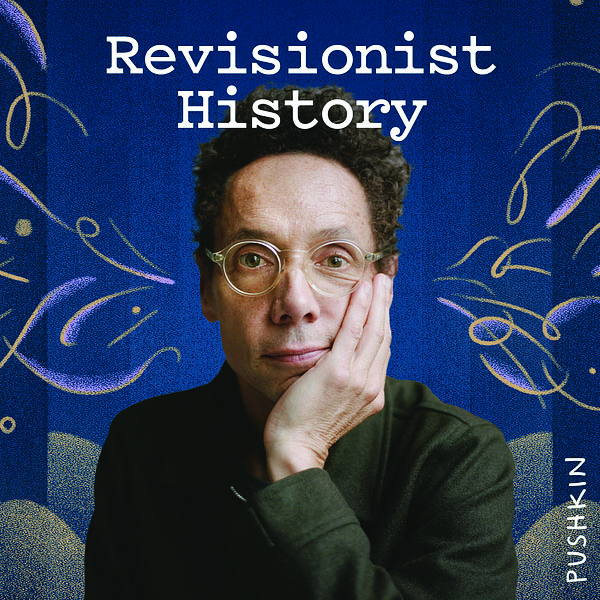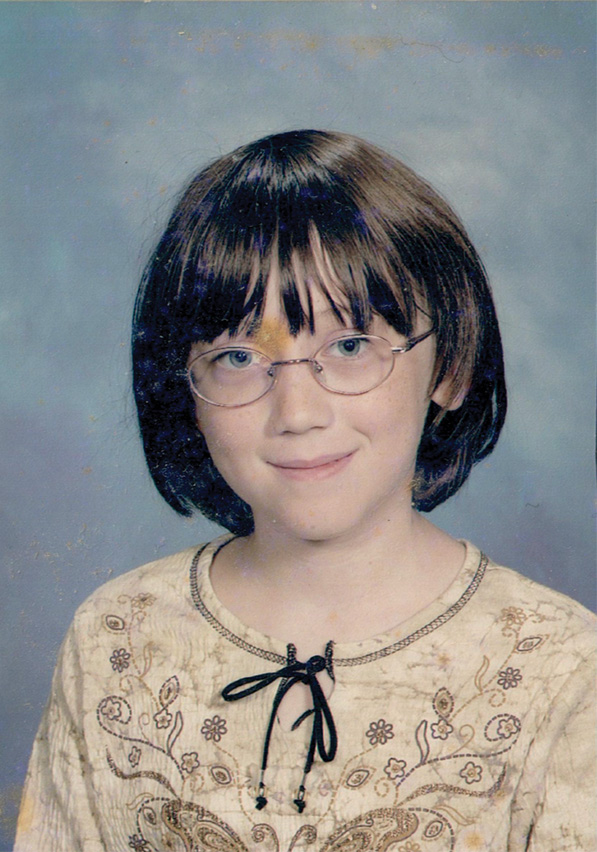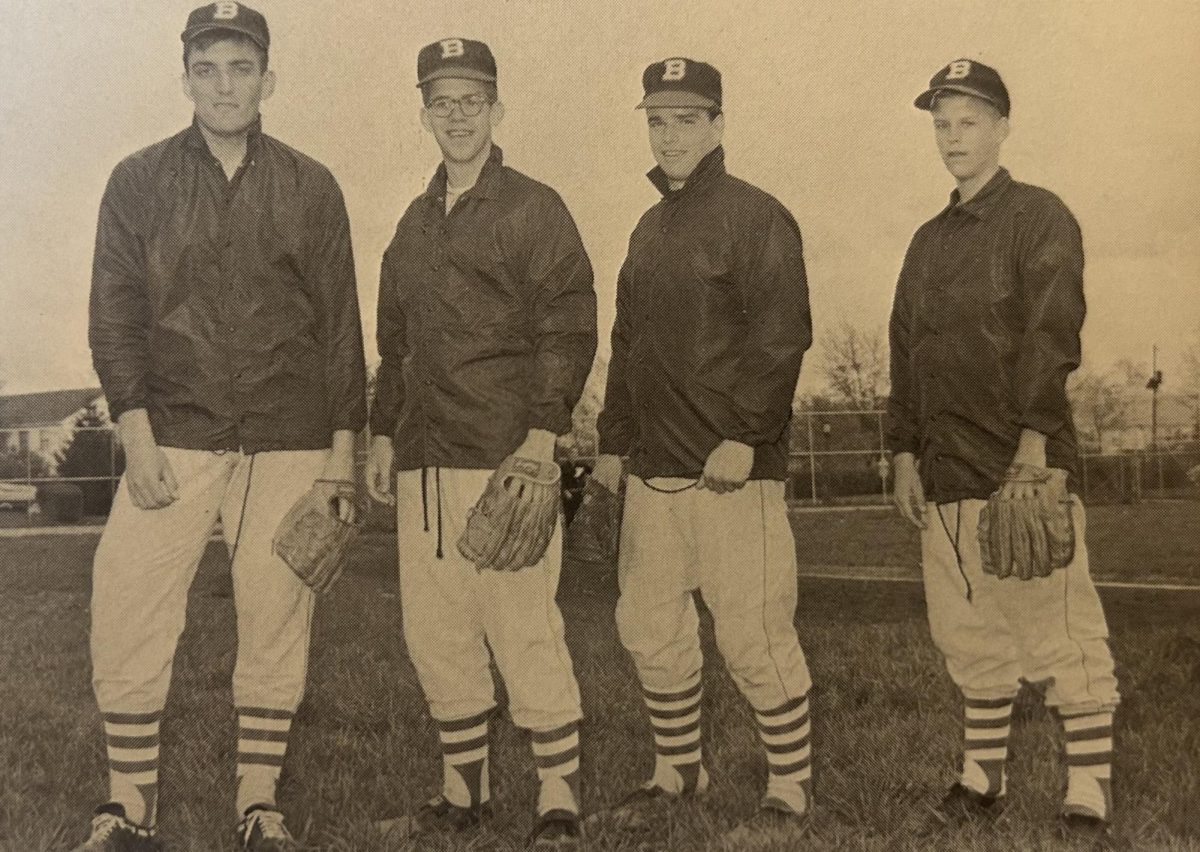Walking down the halls of the high school, technology can be found around every corner. At any moment, students may be typing away at a paper, working on a shared Google Doc or emailing a teacher.
In other moments, however, students are collaborating face to face, reading textbooks and having meaningful discussions in the classroom. Technology accessibility has increased in the district, but teachers and students differ in technology use and are still split on whether it is beneficial for the school environment.
Director of Technology Brad Pettit said the district developed a technology plan to get every student a device in 2018 and announced it the next year. The technology department talked to parents, teachers and community members when making that decision, he said.
“The resounding opinion was that students needed more access to technology,” Pettit said.
Pettit explained that COVID-19 accelerated the one-to-one device plan to meet remote learning demands.
“We would have likely taken several years to get to all students in the district to having a device,” he said.
Art teacher Helma Groot said she began the year without using any technology in her classroom. Groot said she decided to limit technology because it became a distraction.
“It felt super unsuccessful as a teacher,” she said. “When they are on their phones or on their laptops, it takes time away from creating.”
Groot added that it’s difficult to manage students when they are all using technology, and it’s challenging to make sure they are staying on task.
Spanish teacher Lauren Robbins uses an approach with technology to increase productivity.
“I do a mix of using technology and on paper,” she said. “I find that some students prefer paper over technology. Having a mix… meets multiple different learning styles.”
Robbins said that one benefit of technology is the ability to send information to students.
“I use the virtual interactive notebooks, which are very useful because I can create activities and pages and send them to students as much as I want,” she said.
Sophomore George Ramsden said he prefers technology-based learning rather than a more traditional learning style. He explained that he finds the school Chromebooks helpful, as they allow him to learn better.
“Even at home, it’s very organized and it lays out what I need to do for my homework,” he said.
Senior Aidyn Garrett-Bell said that technology is also a resource for class materials.
“I wouldn’t want to carry my textbook around, so having an online textbook helps,” she said.
Garrett-Bell explained that the Chromebooks also have drawbacks. Some editing and art software can’t be used on a Chromebook, she said.
Robbins and Groot agreed that virtual learning caused them to rely more heavily on technology and that it changed their teaching styles. Groot said virtual learning caused her to update her Canvas page more frequently, a resource that is available to her students now.
“I just had to get more organized,” she said. “It helped me set up my Canvas pages, and it helped me create more resources that I needed.”
Pettit said that without the technology plan, Canvas wouldn’t be so important at the high school now.
“I don’t think we ever would have been able to embrace things like Canvas and Google Docs if it wasn’t for students all having devices,” Pettit said. “I think it’s dramatically changed how we use those products.”
Likewise, Ramsden said that he noticed more usage of Canvas after everyone had a device.
“Once the computers got involved, there was a much larger shift to teachers putting stuff on Canvas and having it all organized,” he said.
After online learning, teachers and students have a new appreciation for working in the classroom, Robbins said.
“There’s nothing that can replace that in-person interaction between a student and a teacher,” she added.
Similarly, Ramsden said he now feels a stronger need to establish connections with his teachers.
Although online learning allowed Robbins to incorporate more technology, she said she has a new appreciation for teacher-student interaction.
“It’s one of those things that you didn’t know you would miss it until it’s gone,” Robbins said.
